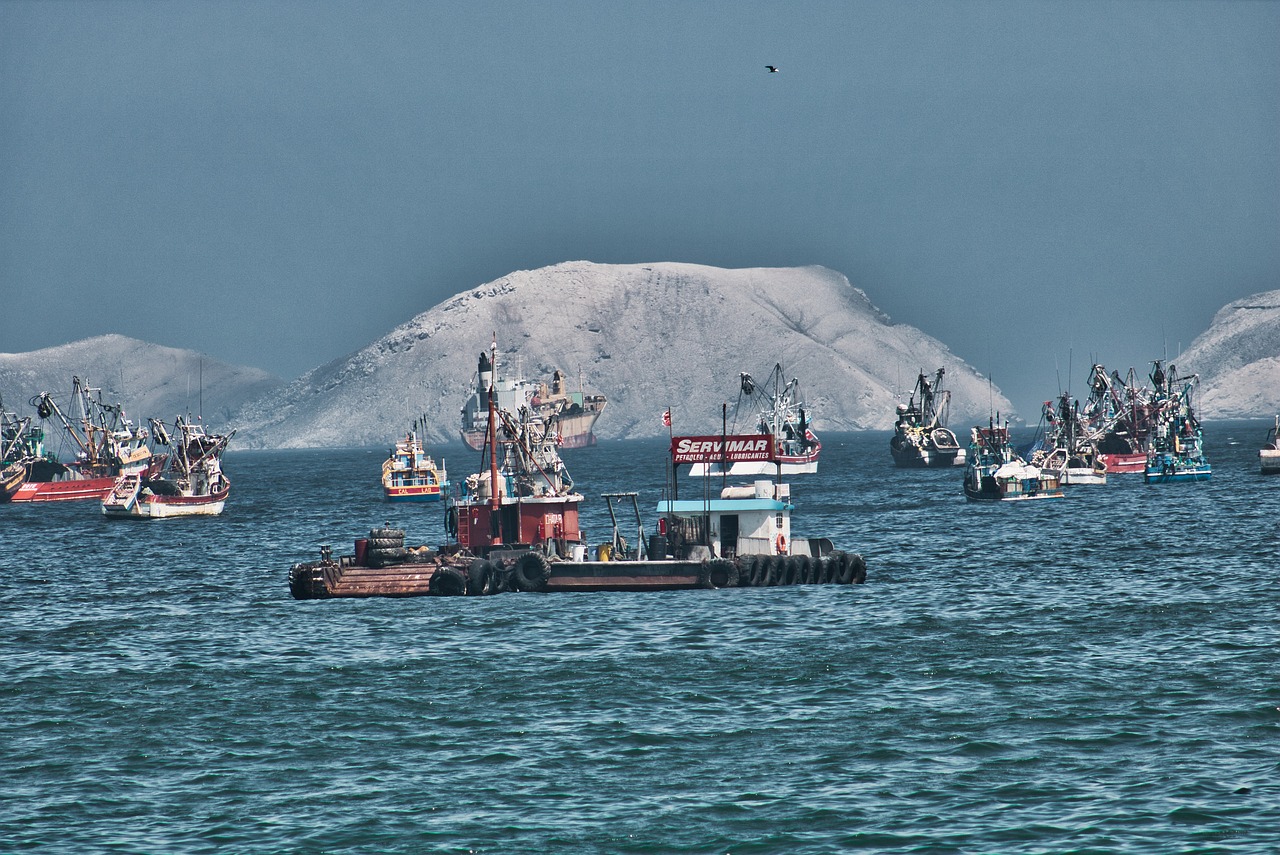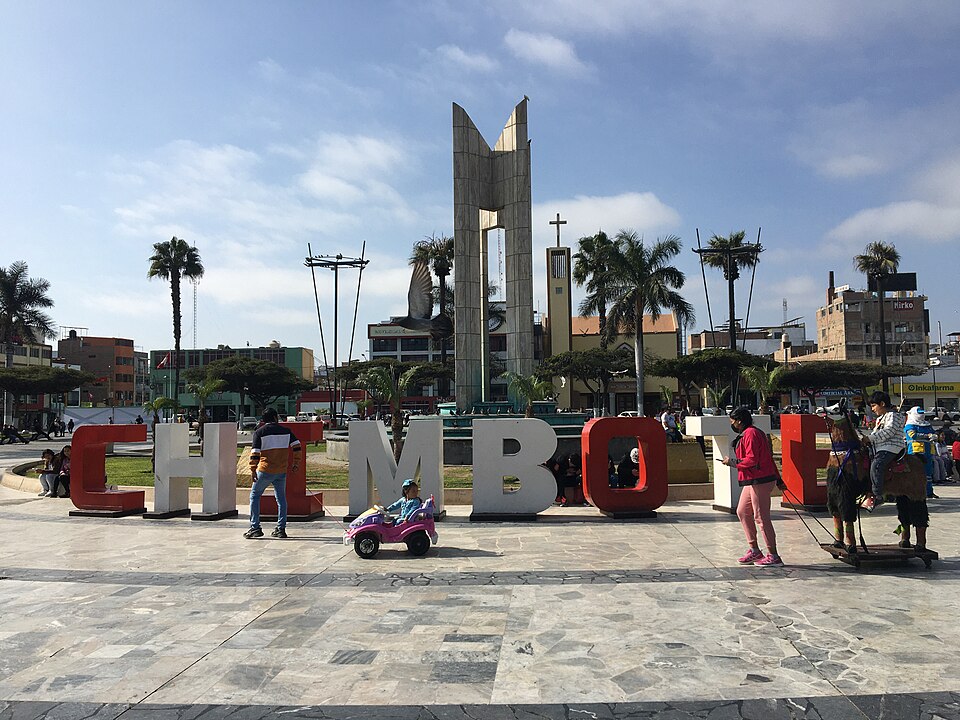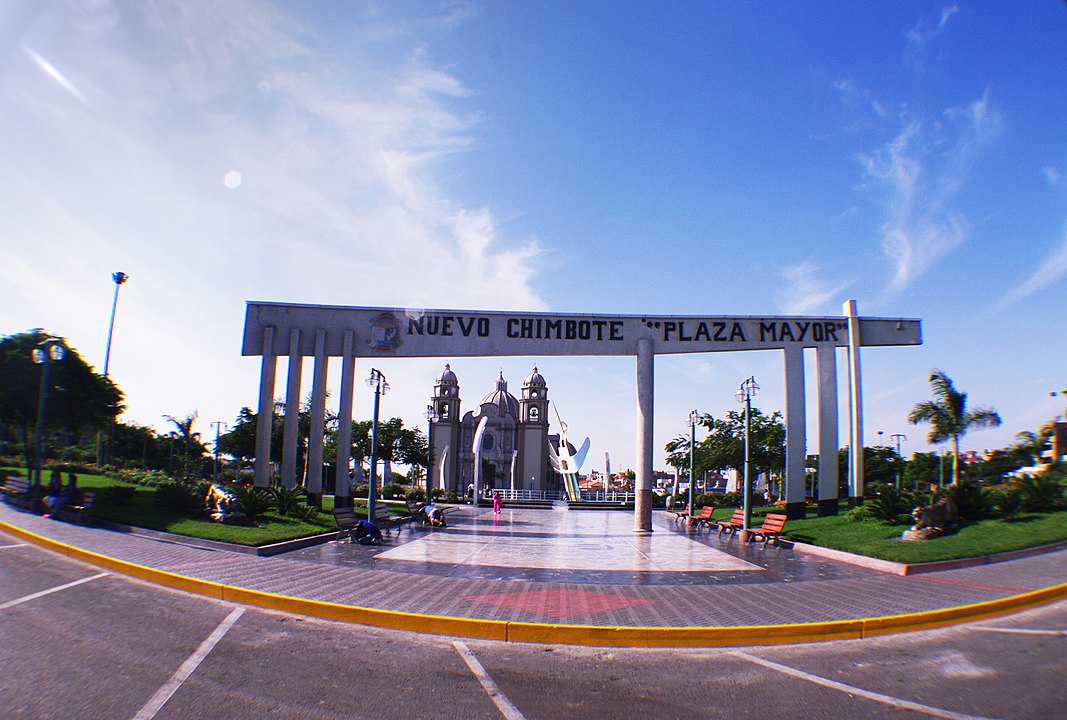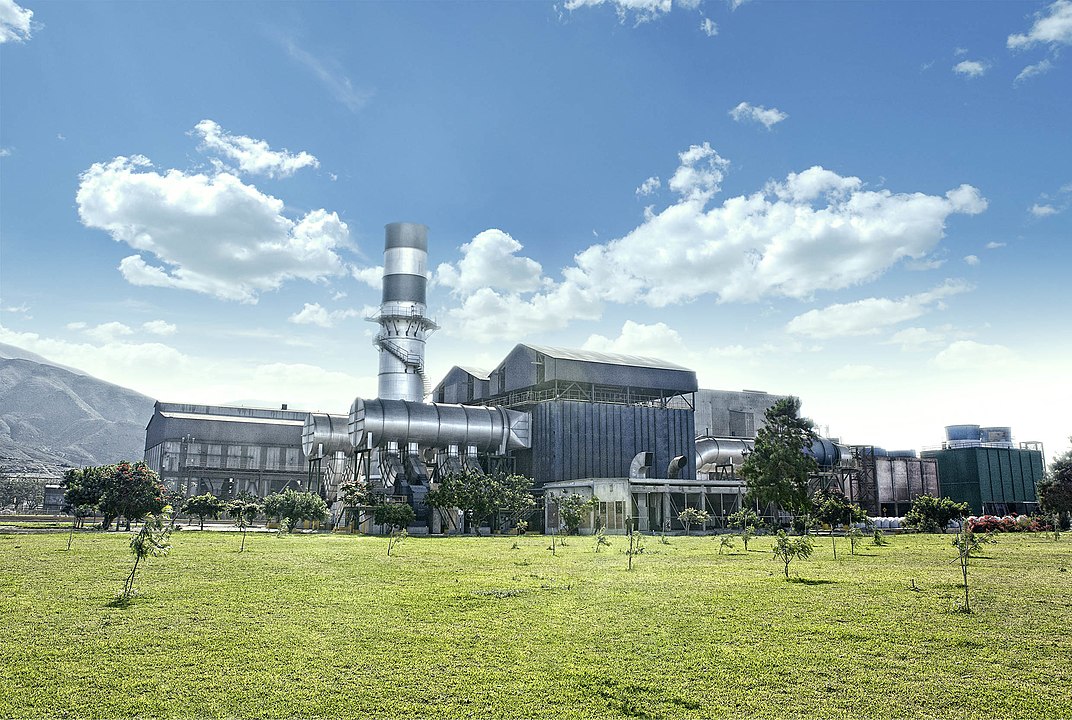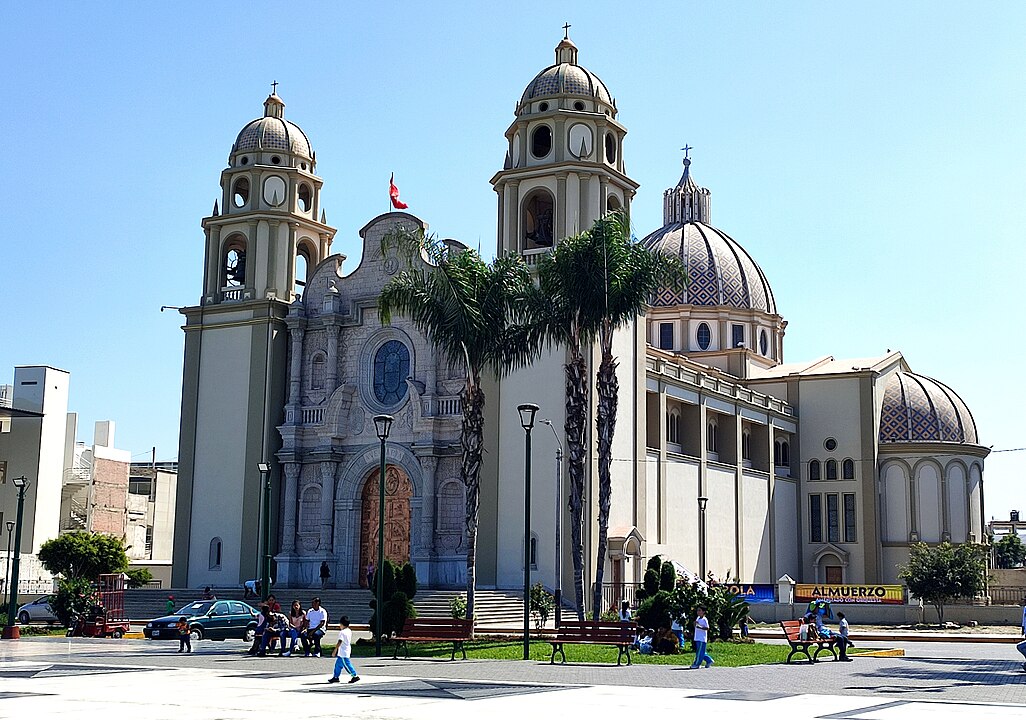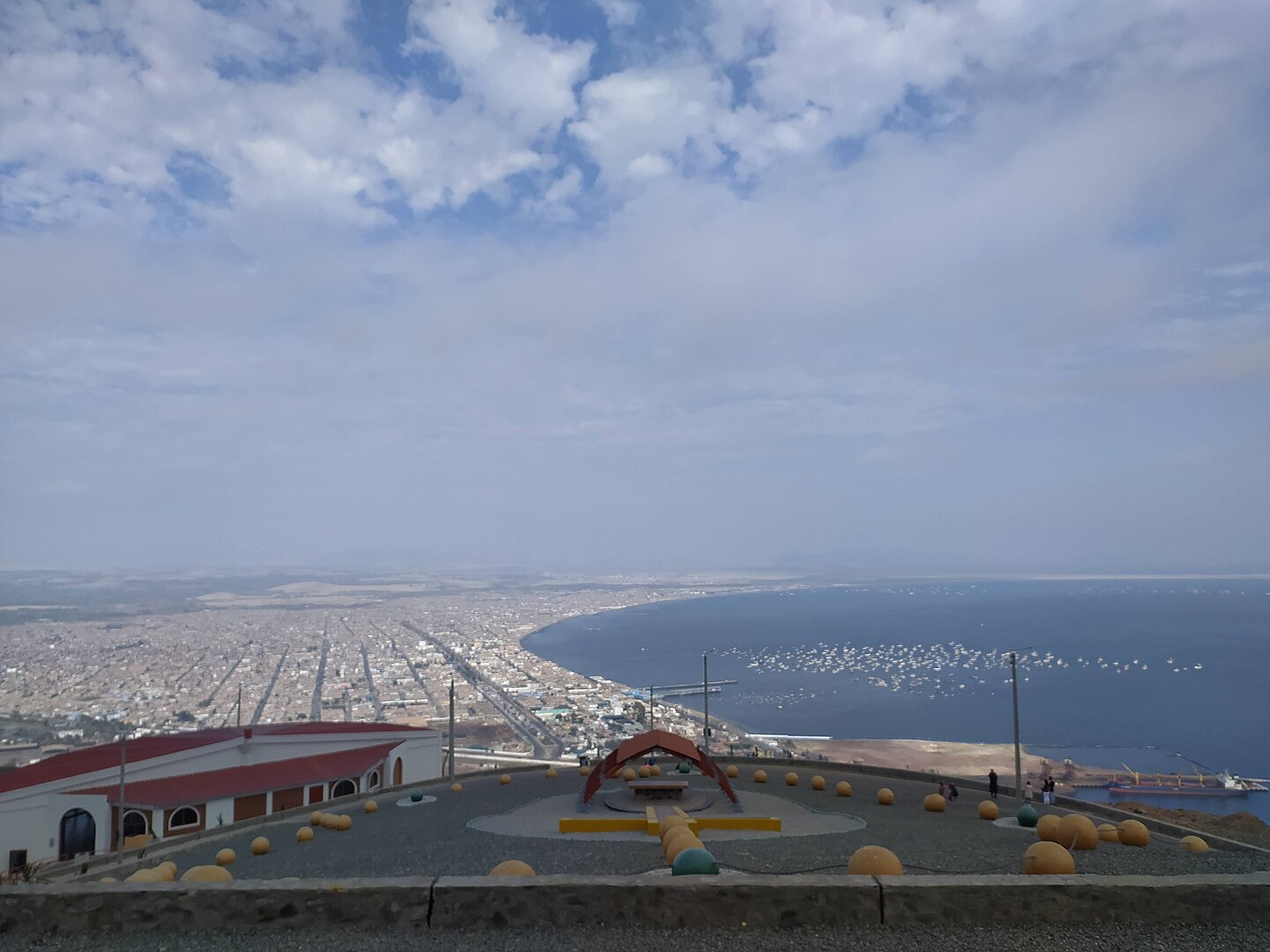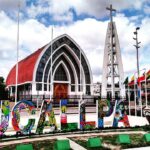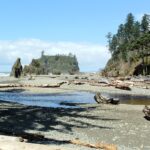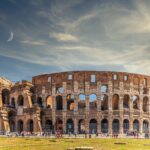Quick Bits:
Chimbote is a bustling port city in northern Peru, often overlooked yet rich in culture, history, and natural beauty. Located along the Pacific coastline, it offers a blend of stunning coastal views, cultural heritage, and a thriving local fishing community. Visitors will discover a unique mix of bustling markets, historical sites, and scenic landscapes.
Key Highlights
- Coastal city rich in fishing culture and seafood cuisine.
-
Close to the Callejón de Huaylas with its scenic Andean views.
-
Isla Blanca and Isla Ferrol, perfect for wildlife observation and boat tours.
-
Gateway to the Ancash region and home to important historical sites.
General Information
Chimbote is one of the most important fishing ports in Peru. Its economy thrives on both artisanal and industrial fishing, supplying a significant amount of fishmeal to global markets. The city has witnessed substantial growth in recent years, not only economically but also in infrastructure. Chimbote’s charm lies in its authentic feel—few tourist crowds, making it a perfect destination for those looking to experience Peru off the beaten track.
Chimbote’s historical significance stems from its indigenous roots and colonial influences. Known for its resilience, the city faced significant setbacks due to an earthquake in 1970, which devastated much of its infrastructure. Since then, Chimbote has rebuilt itself into a city with modern amenities, while retaining its rustic, seaside charm.
Chimbote’s identity is also heavily tied to its seafood cuisine. Local dishes like Ceviche de Chimbote and Sudado de Pescado are celebrated for their fresh ingredients and vibrant flavors. This culinary aspect, combined with friendly locals and bustling street markets, gives visitors an authentic taste of coastal Peru.
Geography Information
Chimbote is located in the Ancash region of northern Peru, along the Pacific coastline. The city rests at the mouth of Ferrol Bay, providing calm waters and scenic vistas. The geography around Chimbote is a mix of coastal plains, rocky hills, and rich marine environments. Not far from the city, you can find natural attractions like Cerro de la Juventud and Isla Blanca that offer outdoor adventures and bird-watching opportunities.
The city is split into two main districts—Chimbote District and Nuevo Chimbote District. Nuevo Chimbote has become a modern residential area, with new buildings and services developing alongside older neighborhoods. The city’s bay and the Santa River provide rich marine biodiversity, a crucial element for its fishing industry.
Nearby, Callejón de Huaylas and Huascarán National Park make for fantastic day trips, offering a change of pace from the coastal scenery with Andean vistas and trails. The combination of coastal and highland geography in the surrounding region provides varied experiences for nature lovers.
Places to Visit
Chimbote offers several places to visit that cater to a range of interests, from nature to culture. Here are some must-see spots:
Isla Blanca
A short boat trip from Chimbote’s port brings you to Isla Blanca, known for its white cliffs and diverse marine life. It’s a great place for birdwatching, where you can see species like pelicans and Peruvian boobies. The island’s waters are also rich with sea lions, providing a fascinating sight for visitors.
Plaza de Armas de Chimbote
The Plaza de Armas is the heart of Chimbote, where visitors can relax and soak in the local atmosphere. Surrounded by small shops and street vendors, it provides a good starting point for exploring the city.
Vivero Forestal
This expansive park is perfect for families and those looking for a peaceful escape from the city’s hustle. The Vivero Forestal has numerous plant species, small ponds, and walking paths. There are also areas where you can have a picnic and enjoy a calm afternoon.
El Mirador de Chimbote
For panoramic views of the city, El Mirador de Chimbote is a must-visit. It offers a unique perspective of Ferrol Bay, the port, and the Pacific Ocean, especially stunning during sunsets.
Callejón de Huaylas
A trip to Chimbote wouldn’t be complete without visiting the Callejón de Huaylas. Situated a few hours from Chimbote, it offers spectacular mountain views and access to hiking trails. It’s an ideal spot for those seeking adventure and a glimpse into Peru’s highland beauty.
Yearly Climate
Chimbote enjoys a desert climate with relatively consistent temperatures throughout the year. The coastal location ensures mild conditions, with an average annual temperature of about 22°C (71.6°F).
Summer (December to March)
During the summer, Chimbote experiences warmer weather, with temperatures often reaching 28°C (82.4°F). The sky tends to be clearer, making it an excellent time for coastal activities such as boating and birdwatching. Summer months also mean more vibrant street markets and seafood dishes as fishing activity peaks.
Winter (June to September)
Winter in Chimbote is mild, with temperatures ranging between 15°C (59°F) and 20°C (68°F). Overcast skies are common, giving the city a different kind of charm, especially along its calm bay. Winter is a good time to explore the cultural and historical aspects of Chimbote without worrying about intense heat.
Transition Seasons
The transitional seasons (April-May and October-November) bring moderate temperatures and are less crowded. These months provide a pleasant mix of conditions and are ideal for visitors who prefer quieter travel periods.
Best Time of Year to Visit
The best time to visit Chimbote is between December and March when the weather is at its warmest and the skies are clear. This period allows visitors to fully enjoy boat trips, visits to Isla Blanca, and relaxed days by the coast. Those who prefer mild weather might find April-May or October-November to be more comfortable, with fewer crowds and cooler breezes.
If your main interest is exploring nearby highland regions, June to August is ideal since this is the dry season in the mountains. During these months, the roads to places like Callejón de Huaylas are typically more accessible, and trails are less muddy, allowing for better hiking conditions
In Summary…
Chimbote may not be a typical tourist hotspot, but it has an array of offerings that can surprise even the most seasoned traveler. With its lively fishing culture, stunning coastal views, and friendly locals, Chimbote is perfect for those seeking an authentic Peruvian experience. From Isla Blanca’s unique wildlife to the scenic vistas of El Mirador de Chimbote, this coastal city offers something special to every type of visitor. Whether you’re here for the seafood, the sights, or a starting point to explore the greater Ancash region, Chimbote leaves a lasting impression

